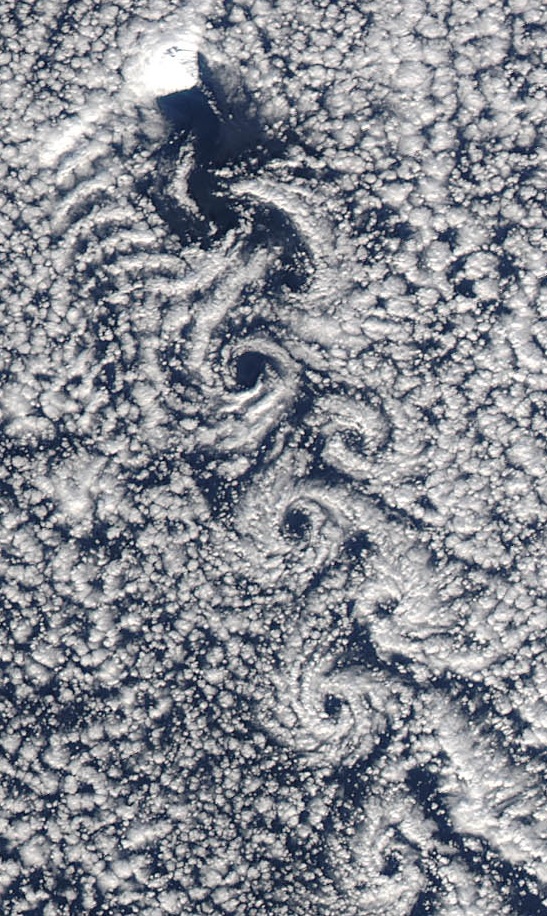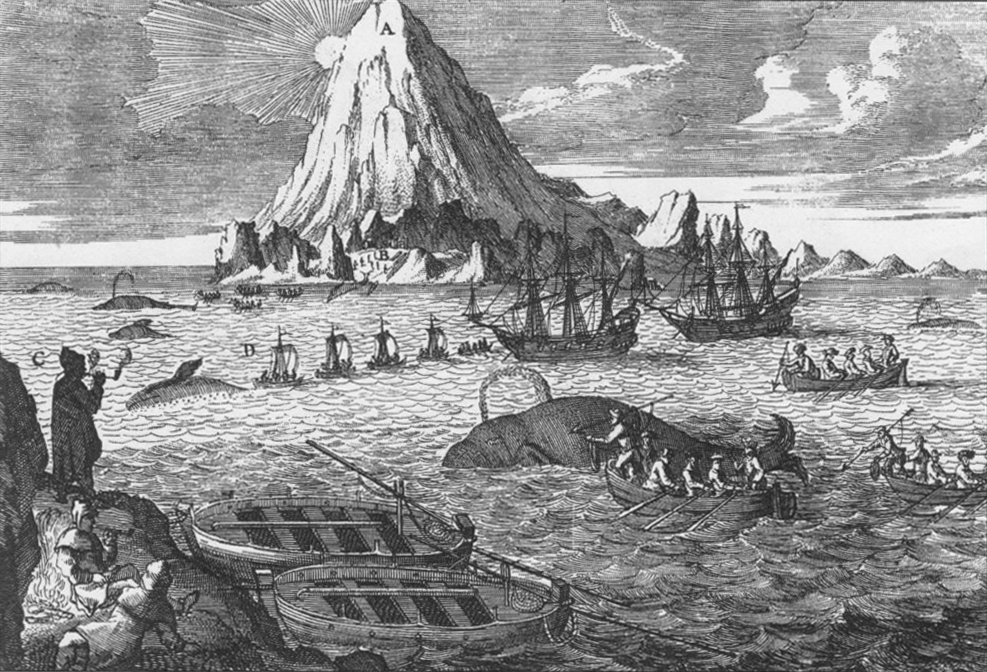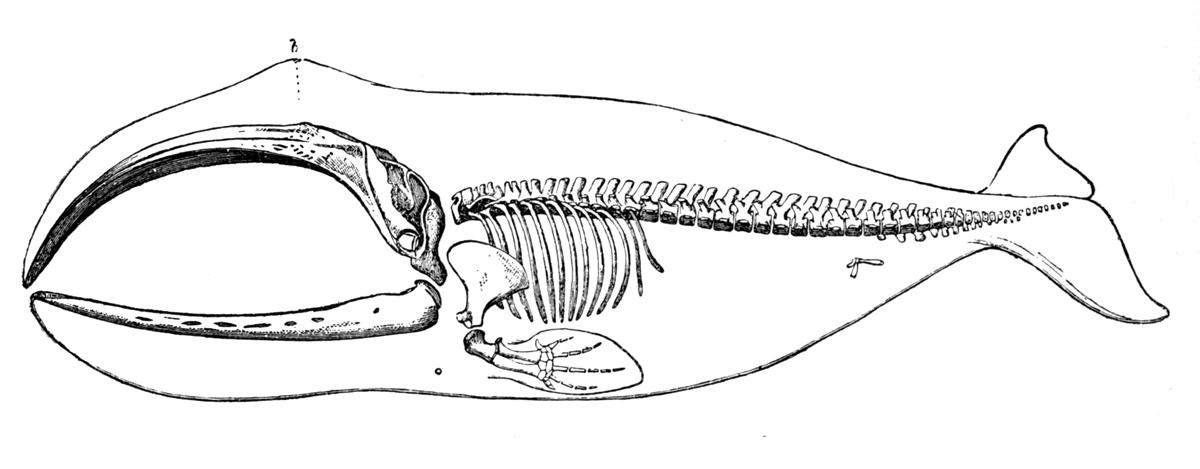|
Titeltbukta
Titeltbukta (English: ''Ten Tents Bay'') is a bay on the northwestern coast of the Norwegian island of Jan Mayen. The name originates from the establishment of ten "tents", in reality wood and brick structures, as a basic whaling station. This was set up in 1624 by Dutch whalers to lodge the men who flensed (cut up) the whales. The Dutch also called it ''Zuidbaai'' (South Bay), in contrast to the other on the island, to the north at Engelskbukta). References * Hacquebord, Lawrens. (2004). The Jan Mayen Whaling Industry. Its Exploitation of the Greenland Right Whale and its Impact on the Marine Ecosystem. In: S. Skreslet (ed.), Jan Mayen in Scientific Focus. Amsterdam, Kluwer Academic Publishers. 229–238. * Norwegian Polar InstitutPlace Names of Svalbard Database Landforms of Jan Mayen Whaling stations in Norway Bays of Norway {{JanMayen-geo-stub ... [...More Info...] [...Related Items...] OR: [Wikipedia] [Google] [Baidu] |
Jan Mayen
Jan Mayen () is a Norwegian volcanic island in the Arctic Ocean with no permanent population. It is long (southwest-northeast) and in area, partly covered by glaciers (an area of around the Beerenberg volcano). It has two parts: larger northeast Nord-Jan and smaller Sør-Jan, linked by a wide isthmus. It lies northeast of Iceland (495 km 05 miNE of Kolbeinsey), east of central Greenland, and west of the North Cape, Norway. The island is mountainous, the highest summit being the Beerenberg volcano in the north. The isthmus is the location of the two largest lakes of the island, Sørlaguna (South Lagoon) and Nordlaguna (North Lagoon). A third lake is called Ullerenglaguna (Ullereng Lagoon). Jan Mayen was formed by the Jan Mayen hotspot and is defined by geologists as a separate continent. Although administered separately, in the ISO 3166-1 standard, Jan Mayen and Svalbard are collectively designated as '' Svalbard and Jan Mayen'', with the two-letter country code ... [...More Info...] [...Related Items...] OR: [Wikipedia] [Google] [Baidu] |
R-29-IX-X-XI 200-K 1967 Jan Mayen , when placed before a state abbreviation, usually in parenthesis after the name of a politician
{{Disambiguation ...
R- may represent: *a type of chirality, in chemical notation *an ''R'' prefix used for various constants *the set of negative real numbers *negative reinforcement, in behavioural psychology *membership of the United States Republican Party Republican Party is a name used by many political parties around the world, though the term most commonly refers to the United States' Republican Party. Republican Party may also refer to: Africa *Republican Party (Liberia) * Republican Part ... [...More Info...] [...Related Items...] OR: [Wikipedia] [Google] [Baidu] |
Whaling Station
Whaling is the process of hunting of whales for their usable products such as meat and blubber, which can be turned into a type of oil that became increasingly important in the Industrial Revolution. It was practiced as an organized industry as early as 875 AD. By the 16th century, it had risen to be the principal industry in the Basque coastal regions of Spain and France. The industry spread throughout the world, and became increasingly profitable in terms of trade and resources. Some regions of the world's oceans, along the animals' migration routes, had a particularly dense whale population, and became the targets for large concentrations of whaling ships, and the industry continued to grow well into the 20th century. The depletion of some whale species to near extinction led to the banning of whaling in many countries by 1969, and to an international cessation of whaling as an industry in the late 1980s. The earliest known forms of whaling date to at least 3000 BC. Coasta ... [...More Info...] [...Related Items...] OR: [Wikipedia] [Google] [Baidu] |
Flensing
Flensing is the removing of the blubber or outer integument of whales, separating it from the animal's meat. Processing the blubber (the subcutaneous fat) into whale oil was the key step that transformed a whale carcass into a stable, transportable commodity. It was an important part of the history of whaling. The whaling that still continues in the 21st century is both industrial and aboriginal. In aboriginal whaling the blubber is rarely rendered into oil, although it may be eaten as '' muktuk''. Terminology English whalemen called it ''flenching'', while American whalemen called it ''cutting-in''. Open-boat Shore and bay whaling In Spitsbergen, in the first half of the 17th century, the processing of whales was primarily done ashore. Where the whale was flensed differed between the English and Dutch. The English brought the whale to the stern of the ship, where men in a boat cut strips of blubber from the whale's back. These were tied together and rowed ashore, where ... [...More Info...] [...Related Items...] OR: [Wikipedia] [Google] [Baidu] |
Bowhead Whale
The bowhead whale (''Balaena mysticetus'') is a species of baleen whale belonging to the family Balaenidae and the only living representative of the genus '' Balaena''. They are the only baleen whale endemic to the Arctic and subarctic waters, and are named after their characteristic massive triangular skull, which they use to break through Arctic ice. Other common names of the species are the Greenland right whale, Arctic whale, and Arviq in aboriginal languages (Inuktitut). American whalemen called them the steeple-top, polar whale, or Russian whale. Bowheads have the largest mouth of any animal representing almost one-third of the length of the body, the longest baleen plates with a maximum length of and may be the longest-lived mammals, with the ability to reach an age of more than 200 years. The bowhead was an early whaling target. Their population was severely reduced before a 1966 moratorium was passed to protect the species. Of the five stocks of bowhead population ... [...More Info...] [...Related Items...] OR: [Wikipedia] [Google] [Baidu] |
Engelskbukta (Jan Mayen)
Engelskbukta (English: ''English Bay'') is a broad, open bay mid-way up the west coast of the Norwegian island of Jan Mayen. It lies between Kapp Rudsen and Kvalrossen, comprising Kvalrossbukta and Tømmerbukta. Presumably this is where the English resorted to in 1616, when they sent their first whaling ships to the island. The Dutch whalers called it ''Noordbaai'' (North Bay) and used it for one of their two main whaling station Whaling is the process of hunting of whales for their usable products such as meat and blubber, which can be turned into a type of oil that became increasingly important in the Industrial Revolution. It was practiced as an organized industry a ...s. In 1632 two Basque whaling ships plundered the station, causing the Dutch to send a wintering party of seven men in 1633–34. All perished. References * * Norwegian Polar InstitutPlace Names of Svalbard Database Bays of Jan Mayen Whaling stations in Norway {{JanMayen-geo-stub ... [...More Info...] [...Related Items...] OR: [Wikipedia] [Google] [Baidu] |
Landforms Of Jan Mayen
A landform is a natural or anthropogenic land feature on the solid surface of the Earth or other planetary body. Landforms together make up a given terrain, and their arrangement in the landscape is known as topography. Landforms include hills, mountains, canyons, and valleys, as well as shoreline features such as bays, peninsulas, and seas, including submerged features such as mid-ocean ridges, volcanoes, and the great ocean basins. Physical characteristics Landforms are categorized by characteristic physical attributes such as elevation, slope, orientation, stratification, rock exposure and soil type. Gross physical features or landforms include intuitive elements such as berms, mounds, hills, ridges, cliffs, valleys, rivers, peninsulas, volcanoes, and numerous other structural and size-scaled (e.g. ponds vs. lakes, hills vs. mountains) elements including various kinds of inland and oceanic waterbodies and sub-surface features. Mountains, hills, plateau ... [...More Info...] [...Related Items...] OR: [Wikipedia] [Google] [Baidu] |
Whaling Stations In Norway
Whaling is the process of hunting of whales for their usable products such as meat and blubber, which can be turned into a type of oil that became increasingly important in the Industrial Revolution. It was practiced as an organized industry as early as 875 AD. By the 16th century, it had risen to be the principal industry in the Basque coastal regions of Spain and France. The industry spread throughout the world, and became increasingly profitable in terms of trade and resources. Some regions of the world's oceans, along the animals' migration routes, had a particularly dense whale population, and became the targets for large concentrations of whaling ships, and the industry continued to grow well into the 20th century. The depletion of some whale species to near extinction led to the banning of whaling in many countries by 1969, and to an international cessation of whaling as an industry in the late 1980s. The earliest known forms of whaling date to at least 3000 BC. Coasta ... [...More Info...] [...Related Items...] OR: [Wikipedia] [Google] [Baidu] |





.jpg)
